- 10 diabetes-free foods that can reduce your blood sugar levels naturally
- FAQ
- 1. What are the top 10 diabetes-free foods to help manage blood sugar levels?
- 2. How do these diabetes-free foods help control blood sugar levels in people with type 2 diabetes?
- 3. Can including these foods in my diet reduce my fasting blood sugar levels?
- 4. Are there specific foods that may increase the risk of diabetes and should be avoided?
- 5. How can a diet rich in natural sugars help you keep your blood sugar in check?
- 6. Does the consumption of healthier foods have a direct impact on blood sugar management?
- 7. Can these diabetes-free foods also help in controlling high blood pressure?
- Conclusion
10 diabetes-free foods that can reduce your blood sugar levels naturally
Category: Health, Diabetes Management
Tags: Blood sugar, Type 2 Diabetes, High Blood Sugar, American Diabetes Association, Blood Sugar Management, Health Tips
Key contents :
- The Basics of Blood Sugar: What You Need to Know
2. Exploring Type 2 Diabetes and Its Impact on Blood Sugar
3. High Blood Sugar: Causes, Symptoms, and Effects
4. Managing Blood Glucose Levels: Tips for People with Diabetes
5. Lowering Blood Sugar Naturally: Effective Strategies
6. The Role of Added Sugar in Blood Sugar Spikes
7. Blood Sugar Management and High Blood Pressure
8. The American Diabetes Association’s Guidelines for Blood Sugar Control
9. Ways to Help Lower Blood Sugar Levels Safely
10. Understanding Fasting Blood Sugar and Its Importance
11. Strategies to Manage Your Blood Sugar Throughout the Day
12. Improving Blood Sugar Levels in a Healthy Way
13. Reducing the Risk of Type 2 Diabetes: Lifestyle Changes to Consider
14. Keeping Your Blood Sugar Stable: Habits to Adopt
15. The Impact of High Blood Sugar on Diabetes Risk
16. Exploring the Link Between High Blood Sugar and Health Complications
17. Maintaining Healthy Blood Sugar Levels through Diet and Exercise
18. Understanding How to Lower Blood Sugar for People with Type 2 Diabetes
19. The Importance of Fasting Blood Sugar Tests in Diabetes Management
20. Tips to Help Manage Blood Sugar Fluctuations Effectively
Welcome to my article on diabetes-free foods that can naturally reduce your blood sugar levels. If you have type 2 diabetes, managing your blood sugar levels is crucial for maintaining your overall health. Fortunately, there are several foods that can help you achieve this goal in a natural, delicious way. In this section, I will introduce you to 10 diabetes-free foods that have been shown to reduce blood sugar levels effectively.
These foods are not only safe for individuals with diabetes, but they can also be enjoyed by anyone looking to maintain healthy blood sugar levels. By incorporating these foods into your diet, you can take a step towards managing your type 2 diabetes more effectively and promoting your overall well-being. Let’s dive into the exciting world of diabetes-free foods!
Key Takeaways:
- In this section, we will explore 10 diabetes-free foods that can naturally reduce blood sugar levels
- Managing blood sugar levels is essential for individuals with type 2 diabetes
- These foods can be enjoyed by anyone looking to maintain healthy blood sugar levels
- Incorporating these foods into your diet can help manage type 2 diabetes and improve overall well-being
Understanding Type 2 Diabetes and Blood Sugar Levels
In order to effectively manage blood sugar levels, it is crucial to have a basic understanding of type 2 diabetes and how it impacts our bodies. Type 2 diabetes, also known as adult-onset diabetes, is a chronic condition that affects the way our bodies process glucose, or blood sugar.
Blood sugar management plays a vital role in maintaining overall health and preventing complications associated with diabetes. When we consume food, our bodies break down carbohydrates into glucose, which then enters our bloodstream. In a person without diabetes, the pancreas produces insulin, a hormone that helps glucose enter our cells and provide them with energy.
However, in individuals with type 2 diabetes, their bodies either do not produce enough insulin, or their cells become resistant to the insulin produced, resulting in high blood sugar levels.
The long-term effects of consistently high blood sugar levels can be damaging to various organs and systems in the body. Complications can include heart disease, kidney damage, nerve damage, and vision problems.
To effectively manage blood sugar levels and reduce the risk of complications, individuals with type 2 diabetes need to adopt a comprehensive approach that includes regular physical activity, medication (if prescribed), and most importantly, a healthy diet.

Understanding Blood Sugar Levels
Blood sugar levels are measured in milligrams per deciliter (mg/dl) and can vary throughout the day. The ideal blood sugar range for individuals with diabetes is typically between 80-130 mg/dl before meals and below 180 mg/dl two hours after starting a meal.
Keeping blood sugar levels within the target range is essential for maintaining overall health and managing diabetes effectively. By understanding the impact of different foods on blood sugar levels, individuals with type 2 diabetes can make informed choices to better manage their condition.
The Role of Diet in Blood Sugar Control
When it comes to managing blood sugar levels, diet plays a crucial role. What we eat directly impacts our blood glucose levels and overall blood sugar control. By making healthier food choices, we can take control of our blood sugar and promote better health.
An important aspect of blood sugar control is understanding the glycemic index (GI). The GI ranks carbohydrates based on how they affect blood glucose levels. Foods with a high GI cause a rapid rise in blood sugar, while foods with a low GI have a slower and more gradual effect.
Choosing foods with a lower GI can help maintain stable blood glucose levels throughout the day. These include whole grains like quinoa and brown rice, as well as fruits and vegetables such as berries, leafy greens, and sweet potatoes.
Having a well-balanced diet that includes a variety of nutrient-dense foods is essential for blood sugar control. By focusing on whole, unprocessed foods, we can provide our bodies with the necessary nutrients while minimizing blood sugar spikes.
In addition to the GI, portion sizes and meal timing are also important factors in blood sugar control. Consuming smaller, more frequent meals throughout the day can help prevent extreme fluctuations in blood glucose levels. It’s also beneficial to spread carbohydrate intake evenly across meals and snacks.
Reducing the consumption of added sugars and sugary beverages is another key aspect of managing blood sugar levels. Opting for water, unsweetened tea, or sparking water instead of sugary drinks can have a significant impact on blood glucose control.
Monitoring carbohydrate intake is crucial for individuals seeking to manage their blood sugar. By working closely with a registered dietitian or healthcare provider, individuals can develop a personalized meal plan that aligns with their blood sugar goals, lifestyle, and preferences.
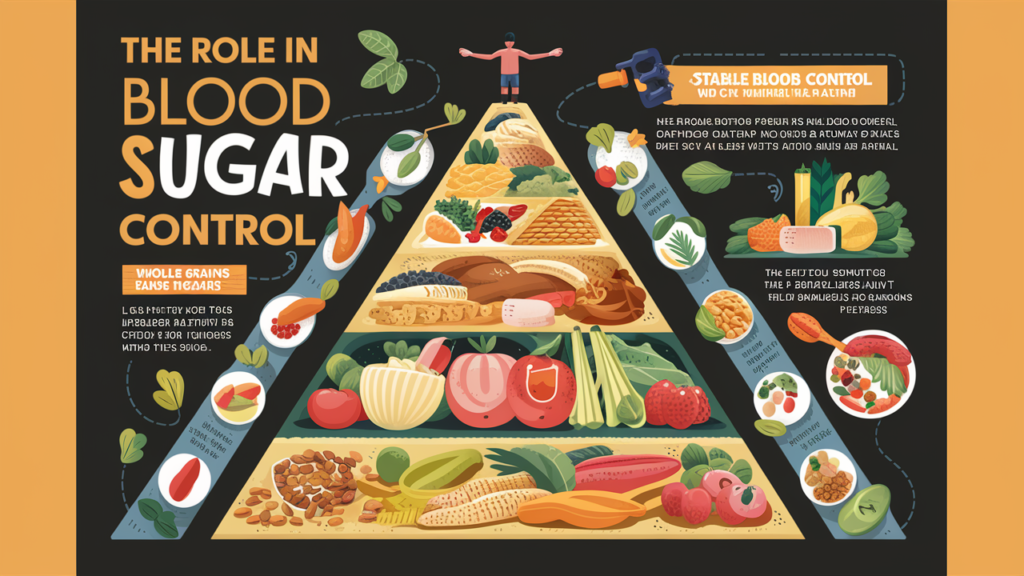
Key Takeaways:
- Choosing foods with a low glycemic index can help maintain stable blood glucose levels.
- A well-balanced diet that includes whole, unprocessed foods is essential for blood sugar control.
- Portion sizes, meal timing, and spreading carbohydrate intake throughout the day play a significant role in blood sugar management.
- Reducing the consumption of added sugars and sugary beverages is crucial for blood sugar control.
- Working with a registered dietitian or healthcare provider can help create a personalized meal plan for effective blood sugar management.
10 Diabetes-Free Foods That Lower Blood Sugar Levels
When it comes to managing diabetes and maintaining optimal blood sugar levels, diet plays a crucial role. Incorporating diabetes-free foods into your meal plan can help lower blood sugar levels and improve overall health. In this section, I will explore 10 diabetes-free foods that have been proven to effectively lower blood sugar levels in people with diabetes.
Oatmeal
Oatmeal is a nutritious whole grain that is low on the glycemic index, making it an ideal choice for individuals with diabetes. Its high fiber content helps regulate blood sugar levels and keeps you feeling full for longer periods, preventing overeating and sudden spikes in blood sugar levels.
Leafy Greens
Leafy greens such as spinach, kale, and collard greens are rich in essential nutrients and antioxidants. These diabetes-free foods not only provide vital vitamins and minerals but also help lower blood sugar levels due to their low carbohydrate content. Including these greens in your diet can promote overall health and blood sugar control.
| Foods | Benefits | Serving Size |
|---|---|---|
| Oatmeal | Low glycemic index, high in fiber | 1/2 cup cooked |
| Leafy Greens | Low in carbs, high in nutrients | 1 cup raw or 1/2 cup cooked |
| Blueberries | Rich in antioxidants, high in fiber | 1 cup raw |
| Fatty Fish | Excellent source of omega-3 fatty acids | 3 ounces cooked |
| Beans | High in fiber, low glycemic index | 1/2 cup cooked |
| Quinoa | High in protein, low glycemic index | 1/2 cup cooked |
| Chia Seeds | Rich in fiber and omega-3 fatty acids | 1 tablespoon |
| Greek Yogurt | High in protein, low in carbohydrates | 1 cup |
| Turmeric | Anti-inflammatory properties | 1/4 teaspoon |
| Apple Cider Vinegar | Helps lower blood sugar levels after a meal | 1-2 tablespoons |
| Nuts | Healthy fats, high in fiber | 1 ounce |

Blueberries
Blueberries are not only a delicious treat but also packed with antioxidants and fiber. These diabetes-free foods have been shown to improve insulin sensitivity and reduce blood sugar levels. Including a cup of blueberries in your diet can be a sweet and nutritious way to manage your blood sugar.
Fatty Fish
Fatty fish like salmon, mackerel, and sardines are excellent sources of omega-3 fatty acids. These healthy fats not only protect against heart diseases but also have been found to lower blood sugar levels and improve insulin sensitivity. Adding fatty fish to your diet at least twice a week can provide numerous health benefits.
Beans
Beans are a great addition to any diabetes-friendly diet. They are high in fiber and have a low glycemic index, which means they can help control blood sugar levels and prevent sudden spikes. Incorporating a variety of beans, such as black beans, kidney beans, and chickpeas, into your meals can help stabilize blood sugar levels and promote better overall health.
Quinoa
Quinoa is a nutritious whole grain that is rich in protein and low on the glycemic index. This makes it an ideal choice for individuals with diabetes looking to lower blood sugar levels. Its high fiber content and slow digestion help keep blood sugar levels stable and provide long-lasting energy.
Chia Seeds
Chia seeds are tiny powerhouses of nutrition. They are packed with fiber, protein, and omega-3 fatty acids. These diabetes-free seeds can help regulate blood sugar levels and improve overall health. Adding a tablespoon of chia seeds to your meals or snacks can be an easy and effective way to lower blood sugar.
Greek Yogurt
Greek yogurt is a healthy and satisfying choice for individuals with diabetes. It is high in protein and low in carbohydrates. The protein content helps regulate blood sugar levels, keeps you feeling full, and prevents overeating. Choose plain, unsweetened Greek yogurt to avoid added sugars and maximize its health benefits.
Turmeric
Turmeric is a spice commonly used in Indian cuisine. It contains a compound called curcumin, which has powerful anti-inflammatory properties. Studies have shown that curcumin can help improve insulin sensitivity and lower blood sugar levels. Incorporating turmeric into your cooking or taking turmeric supplements can be beneficial for blood sugar management.
Apple Cider Vinegar
Apple cider vinegar has been used for centuries for its potential health benefits. It has been shown to improve insulin sensitivity and reduce blood sugar levels. Consuming 1-2 tablespoons of apple cider vinegar before meals can help lower post-meal blood sugar spikes and improve overall blood sugar control.
Nuts
Nuts are a nutritious snack option for individuals with diabetes. They are high in healthy fats, fiber, and minerals. The combination of healthy fats and fiber helps slow down the absorption of carbohydrates and prevents sudden increases in blood sugar levels. Including a small handful of nuts, such as almonds, walnuts, or pistachios, in your daily diet can have a positive impact on blood sugar management.
By incorporating these 10 diabetes-free foods into your daily diet, you can effectively lower blood sugar levels and improve overall health. Remember to consult with a healthcare professional or registered dietitian to personalize your diabetes management plan and make the most out of these nutritional choices.
Other Dietary Tips for Blood Sugar Management
Managing blood sugar levels is crucial for individuals with diabetes. Along with incorporating diabetes-free foods into your diet, there are several other dietary tips that can help you effectively manage your blood sugar levels and promote overall health.
1. Practice Portion Control
Controlling portion sizes is vital in maintaining stable blood sugar levels. Be mindful of the amount of food you consume, and try to avoid overeating. Using smaller plates and measuring serving sizes can help you regulate your portions.
2. Choose Healthier Foods
Opt for nutrient-rich and healthier foods that are low in added sugars, saturated fats, and unhealthy oils. Incorporate plenty of vegetables, lean proteins, whole grains, and low-fat dairy products into your meals. These foods provide essential nutrients while helping to control blood sugar levels.
Remember, a balanced diet that includes a variety of nutrient-rich foods is key to managing blood sugar levels effectively.
3. Limit Added Sugars
Avoid or limit foods that are high in added sugars, such as sugary beverages, candies, pastries, and sweetened cereals. These foods can cause a rapid spike in blood sugar levels and contribute to long-term health issues. Instead, satisfy your sweet tooth with naturally sweetened alternatives like fruits.
4. Stay Hydrated
Drinking enough water throughout the day is essential for blood sugar management. Adequate hydration supports proper kidney function and helps regulate blood sugar levels. Aim to drink at least 8 glasses of water daily.
5. Schedule Regular Meals and Snacks
Establishing a consistent eating schedule can help stabilize blood sugar levels. Plan to have three balanced meals and snacks in between to prevent drastic fluctuations in blood glucose levels. Always have healthy snacks on hand, such as nuts, Greek yogurt, or carrot sticks, to avoid reaching for unhealthy options when hunger strikes.
6. Be Mindful of Alcohol Consumption
If you choose to drink alcohol, do so in moderation. Alcohol can interfere with blood sugar regulation and cause hypoglycemia (low blood sugar) in some individuals. Limit your intake and be mindful of potential adverse effects.
By following these dietary tips, you can effectively manage your blood sugar levels and promote better overall health. Remember to consult with a healthcare professional or a registered dietitian for personalized dietary recommendations based on your individual needs.
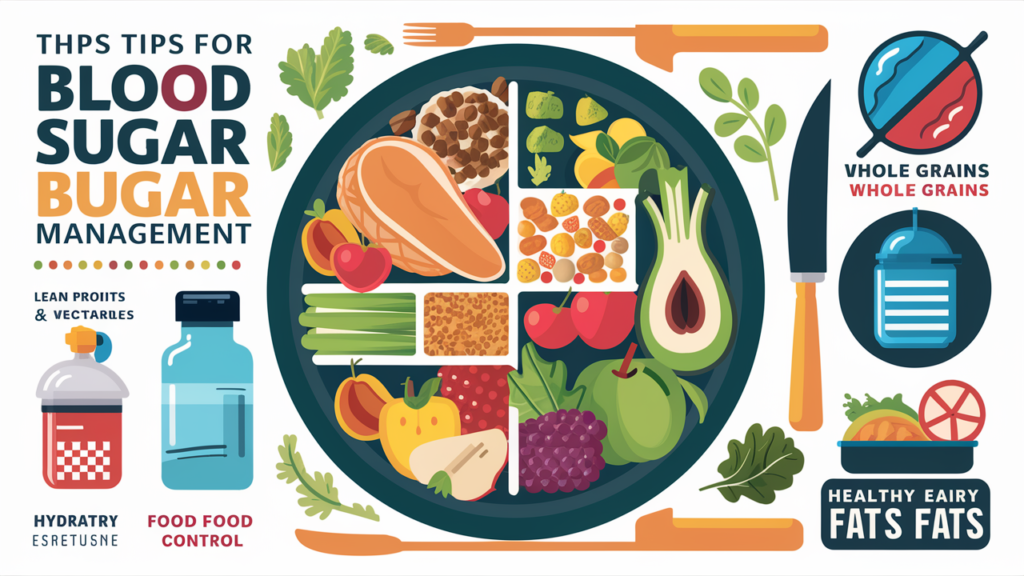
FAQ
1. What are the top 10 diabetes-free foods to help manage blood sugar levels?
When looking to regulate blood sugar levels naturally, include these 10 diabetes-free foods in your diet: vegetables, fruits, whole grains, nuts, seeds, legumes, lean proteins, fatty fish, low-fat dairy, and herbs/spices.
2. How do these diabetes-free foods help control blood sugar levels in people with type 2 diabetes?
These foods are rich in fiber, antioxidants, and essential nutrients that can help manage blood sugar effectively, reduce blood sugar spikes, and lower the risk of complications associated with type 2 diabetes.
3. Can including these foods in my diet reduce my fasting blood sugar levels?
Yes, incorporating these foods for diabetes can lower fasting blood sugar levels by providing a steady source of energy and promoting blood sugar control throughout the day.
4. Are there specific foods that may increase the risk of diabetes and should be avoided?
Avoid foods high in added sugar, processed carbohydrates, unhealthy fats, and sugary drinks, as they can raise blood sugar levels rapidly and may contribute to diabetes management challenges.
5. How can a diet rich in natural sugars help you keep your blood sugar in check?
Natural sugars found in fruits, vegetables, and dairy products are accompanied by essential nutrients and fiber that regulate blood sugar levels and may reduce the risk of sugar spikes compared to added sugar.
6. Does the consumption of healthier foods have a direct impact on blood sugar management?
Choosing healthier foods like whole grains, lean proteins, and plant-based options can positively impact blood sugar levels by promoting steady glucose levels and supporting blood sugar control.
7. Can these diabetes-free foods also help in controlling high blood pressure?
Yes, many of these foods and drinks are beneficial for
Conclusion
Throughout this article, I have highlighted the importance of managing blood sugar levels for individuals with type 2 diabetes mellitus. By incorporating diabetes-free foods into your diet and making healthier food choices, you can effectively manage your blood sugar and improve your overall health and well-being.
It is crucial to understand the role of diet in blood sugar control and how certain foods can lower blood sugar levels. By including foods such as leafy greens, berries, and nuts in your meals, you can naturally reduce blood sugar levels and support your diabetes management plan.
Additionally, portion control, avoiding added sugars, and choosing healthier alternatives can further aid in blood sugar management. By implementing these dietary tips and making conscious choices, you can take control of your type 2 diabetes and lead a healthier lifestyle.
Remember, managing your blood sugar is key to effectively managing type 2 diabetes mellitus. Take the necessary steps today to prioritize your health and well-being. Talk to your healthcare provider for personalized advice and guidance on managing your blood sugar levels

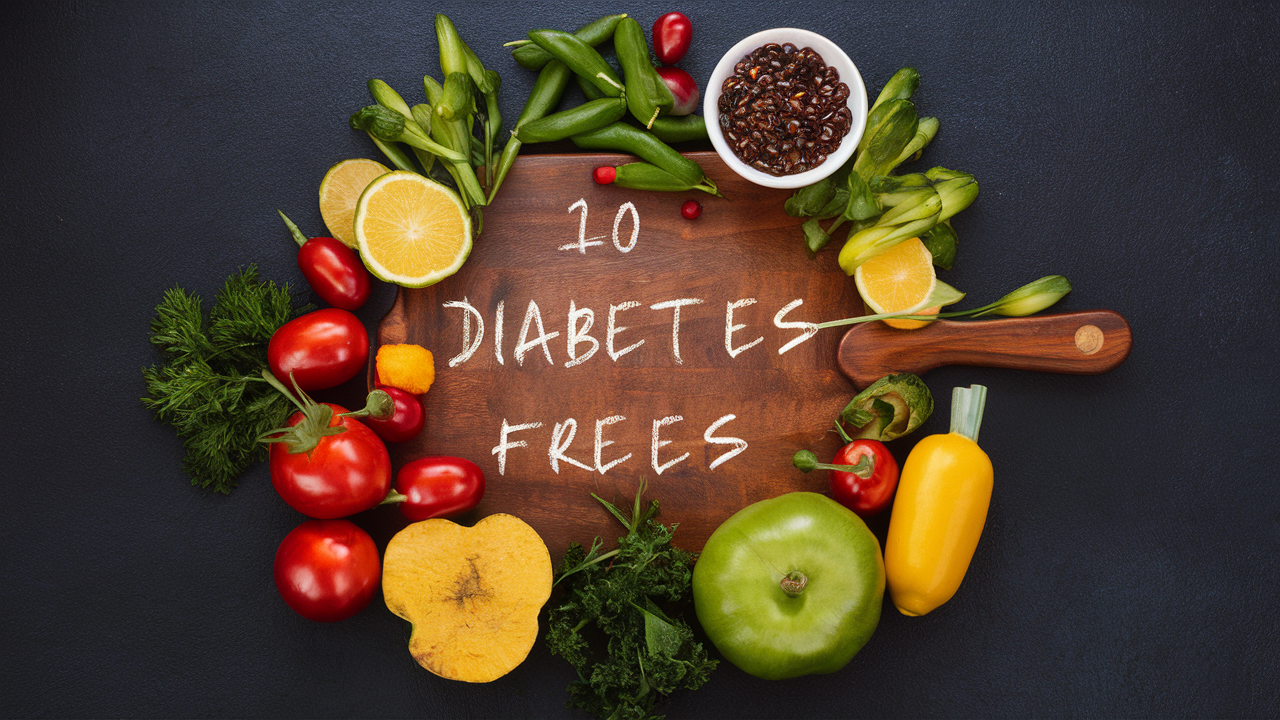




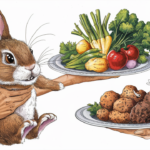
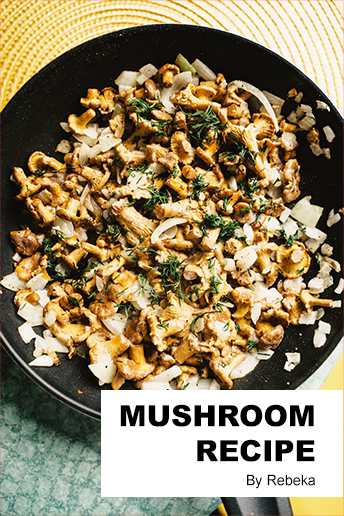

June 12, 2024 at 1:16 pm[…] world, the allure of convenient and tasty fast food can often clash with the pursuit of a healthy lifestyle. However, the question remains: can we find a way to balance our occasional fast food cravings with […]